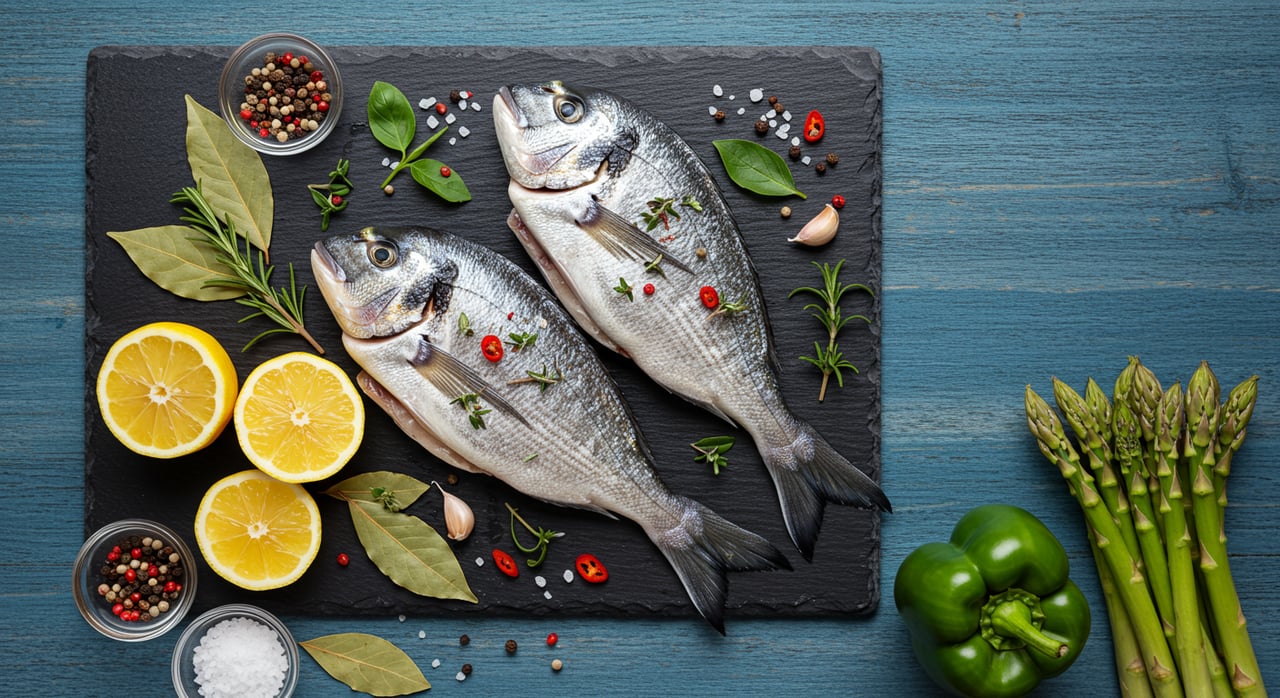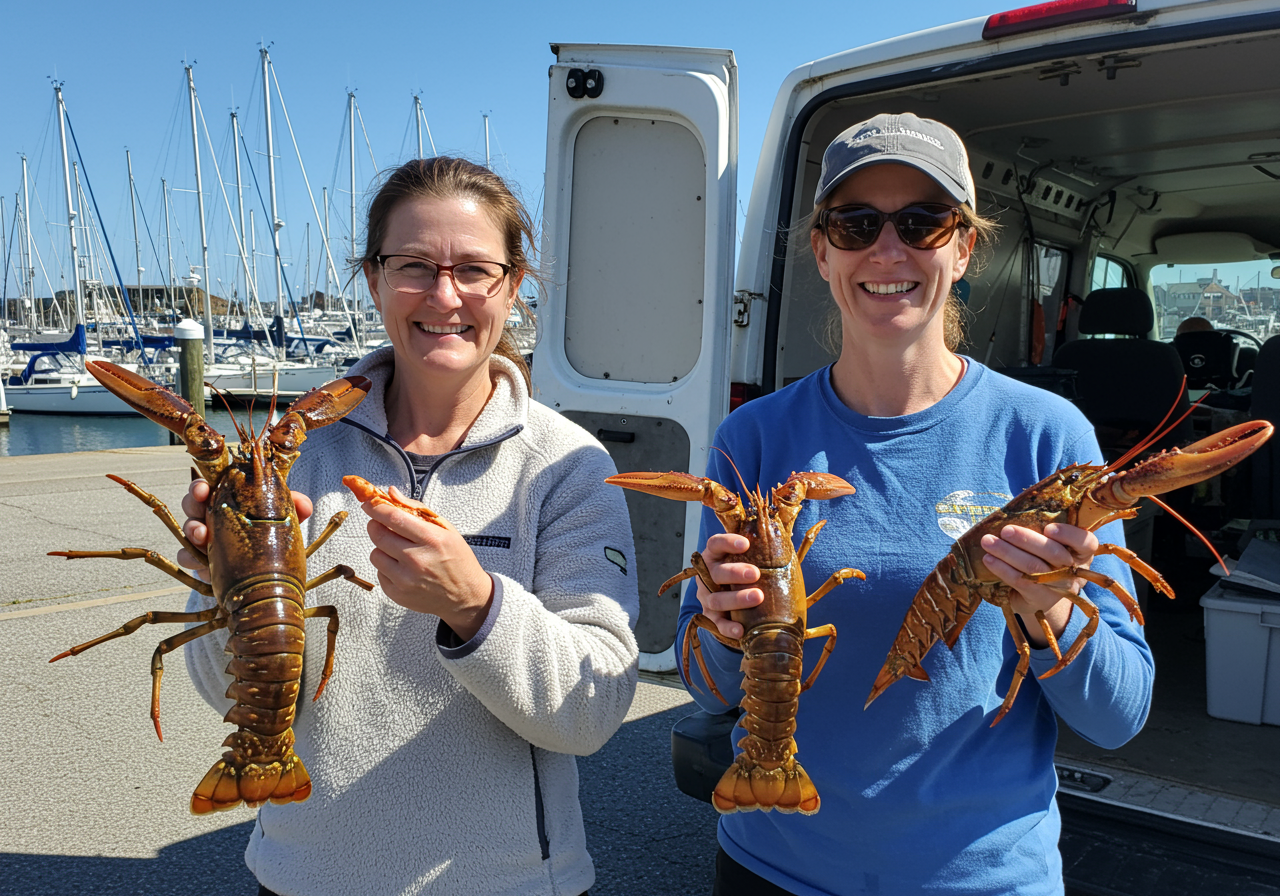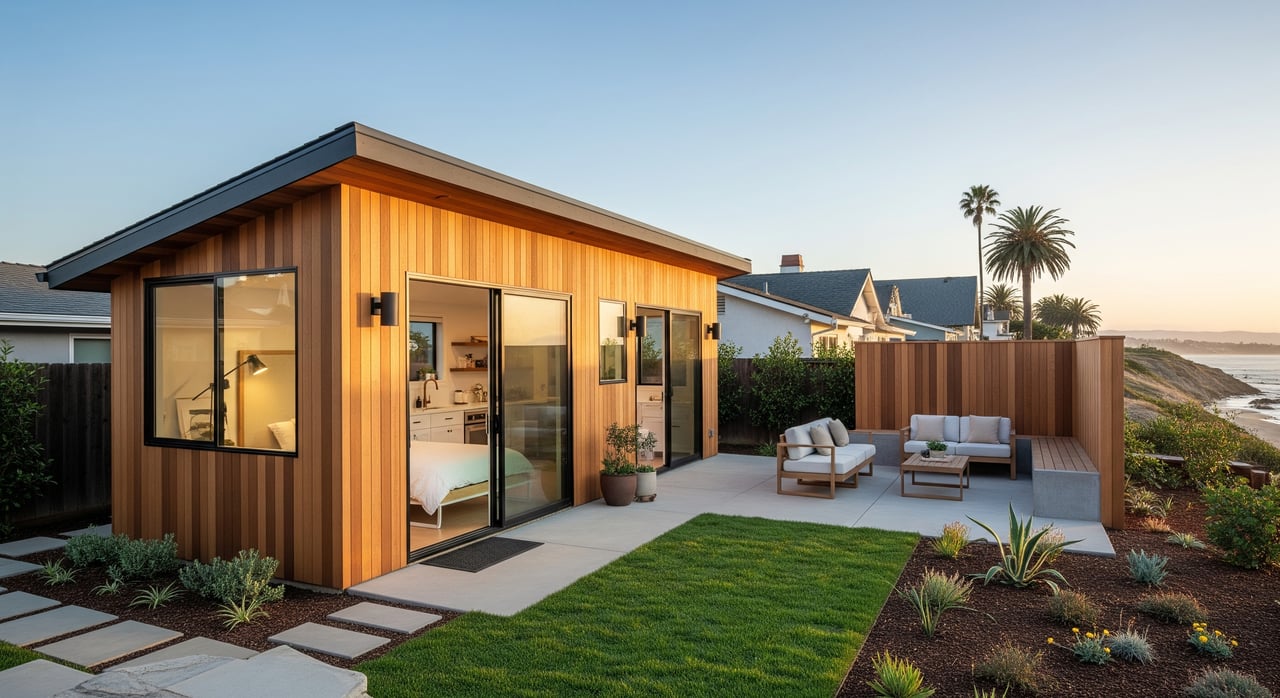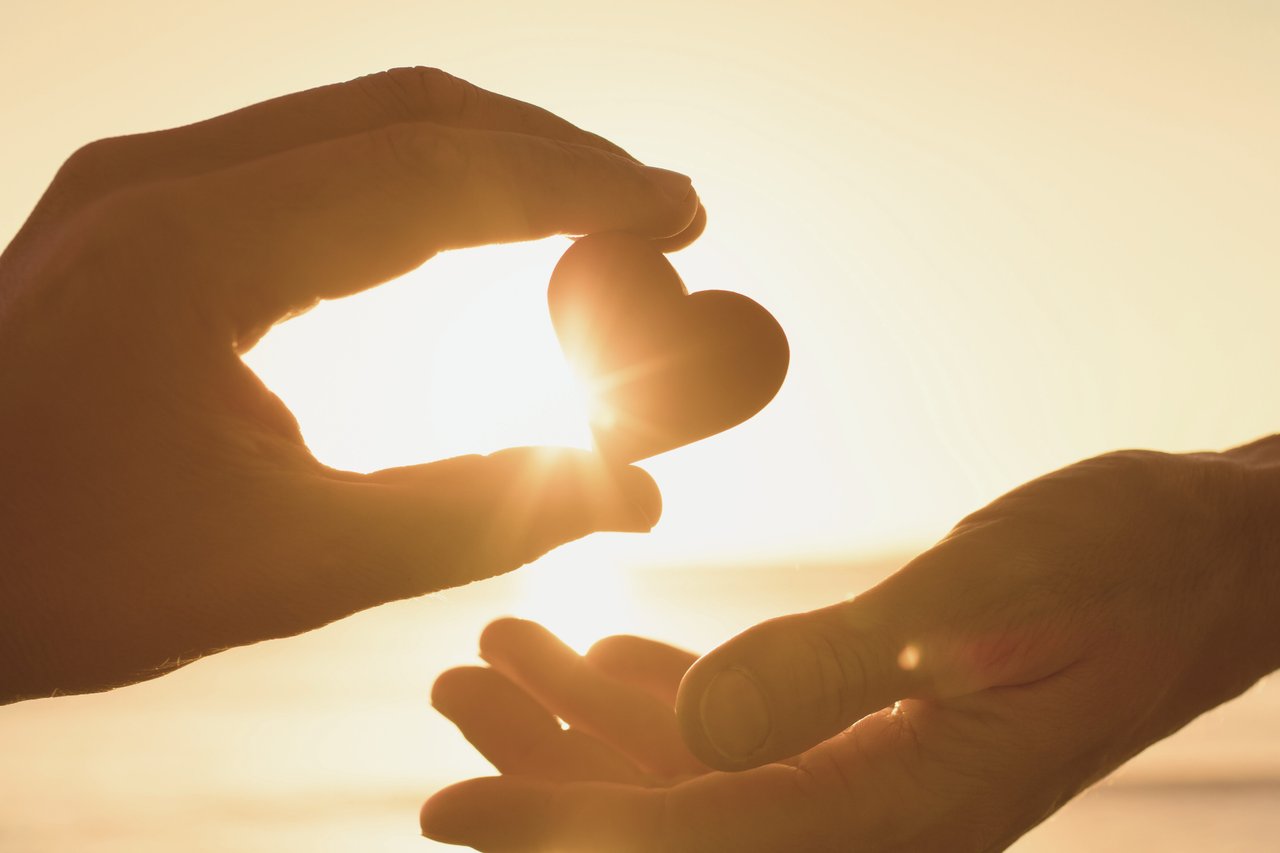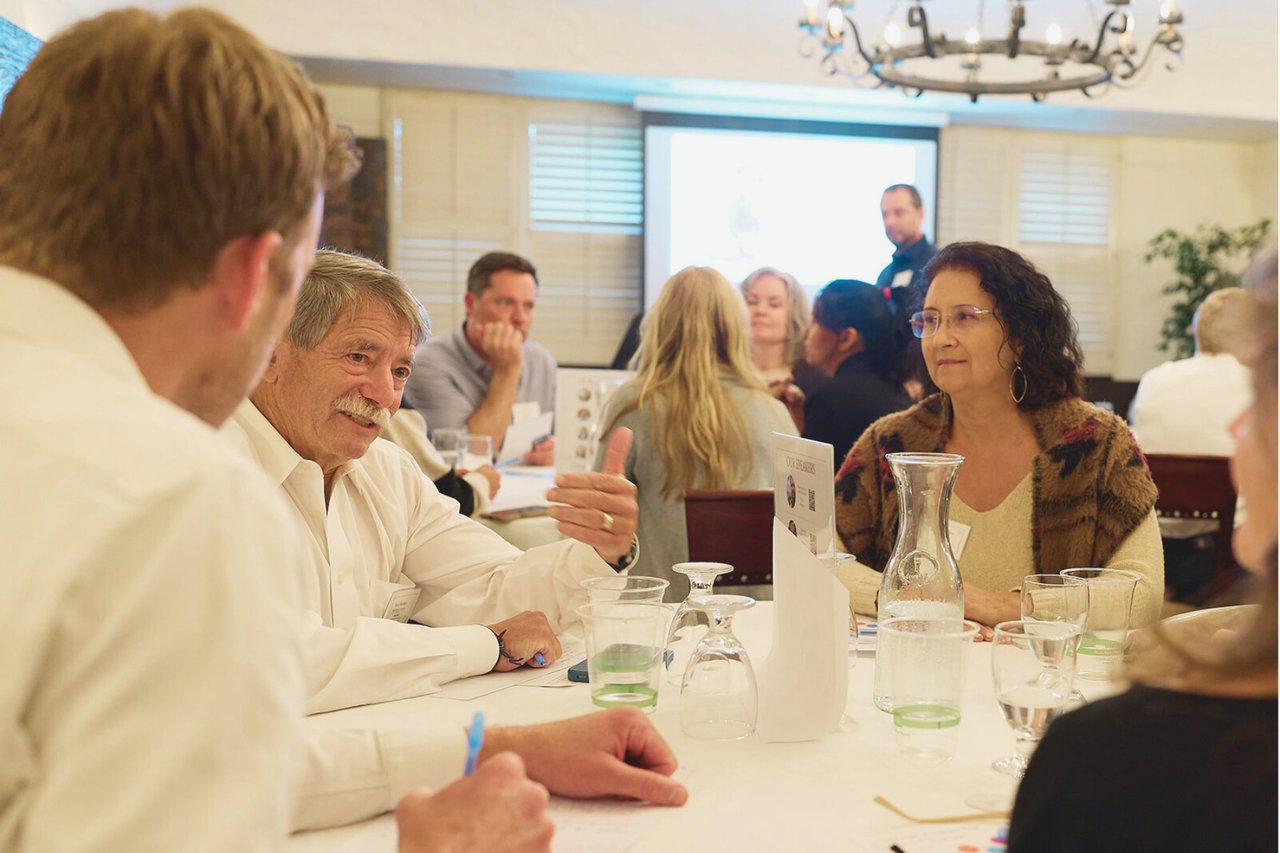Get Hooked:
Sustainable Seafood Solutions Straight from our Channel
A Conversation between Kim Selkoe, Co-founder of Get Hooked Seafood
and Monica Lenches and Claudia Rucker
One of the many things that unites our Legacy Brands is an intrinsic, unwavering passion and dedication to using their businesses as forces for good. Every single business owner and non-profit we’ve interviewed over the last three years has this inner impulse to bring more kindness, compassion and respect to their businesses, our community and their everyday lives. There seems to be this unspoken mantra or north star that guides them to “do no harm”… to anyone or anything. This month’s interviewee is no exception.
Kim Selkoe is the co-founder of Get Hooked Seafood, and my experience interviewing her was like a salve for my soul. Just last week, I was having a particularly challenging day that left me feeling rather tired and bluesy. Despite my fatigue, I decided to continue working on this article. As I read Kim’s words, I noticed a smile developing and I could literally feel my heart opening, filling me with hope and inspiration. My entire mood had literally turned on a dime, and I was, once again, feeling centered and energized. It was a beautiful reminder of the power of connecting with like-minded and like-hearted people dedicated to making the world a kinder, better place.
ML/CR: Tell us about Get Hooked and the products and services you provide?
KS: Get Hooked is a local seafood delivery service that gives you a unique way to support local small-scale sustainable fisheries and get super fresh tasty seafood. As a Community Supported Fishery (CSF), Get Hooked was inspired by the Community Supported Agriculture (CSA) movement that popularized weekly veggie boxes straight from the farm, only here you get weekly fresh seafood straight from the fishing boat. Our membership program makes it easy for anyone who wants to have seafood in their diet – the newbie looking to gain confidence and broaden their palate, as well as the seafood connoisseur. We tell you all about each week’s selection, who caught it, how it was caught, and give lots of fantastic recipes, prep tips and options for pre-prepared favorites -like ahi burgers, cooked and cleaned crab, miso marinated black cod and more.
ML/CR: What inspired you to start a Community Supported Fishery (CSF)?
KS: Like a CSA, a CSF program is an alternative to the grocery store supply chain that lets you get the freshest, seasonal harvest straight from local harvesters. We vet our fishers and keep up with the latest fisheries policies to make sure we are supporting the most sustainable and upstanding practices. We send out bios of our harvesters with each delivery, so you get to know who caught your fish and feel connected to the local community.
Although I started my career as a marine biologist, I dove in to more of a community organizing role in our local fishing community after learning about how sustainable and abundant California’s fisheries have become. Since 2016 I have served as executive director of our local fishing association, Commercial Fishermen of Santa Barbara. I came to understand that most people don’t know that we are living adjacent to some of the largest variety of sustainable, high quality artisanal fisheries in the world. We created Get Hooked Seafood to help spread that message and give people a way to better access premium local seafood with confidence.
ML/CR: What are your company’s mission and values?
KS: Our mission is to help local fishing families thrive. My business partner, Victoria Voss, and I built Get Hooked to be a small business that operates with integrity, ecological sustainability, teamwork, community resiliency and kindness at the forefront.
ML/CR: Can you give us some examples of how your company puts those values into action?
KS: We do not measure our success in terms of revenue and profit, but in terms of the ways in which Get Hooked creates resilience and health for our ‘foodshed’ – a term like watershed that encompasses the geography of our local food production. We saw the need for resilience become instrumental during the COVID 19 pandemic, when our little operation was able to respond to the need and desire for local home delivery of nutritious fresh food. We were able to rapidly expand in a way that provided good jobs and helped our fishing families get seafood to the public despite interruptions from other supply chains. In addition, we were able to help local foodbanks and soup kitchens buy and process local fish, a win-win because the demand also helped fishers keep fishing despite market disruptions. Having the systems, infrastructure, and relationships in place to respond on a local level is what creates community resilience to meet unexpected or particularly challenging needs.
One of our current projects marries ecological sustainability with children’s health and education in an exciting and innovative way. We are working with school districts in Ventura to get local seafood in the school lunch program. In our view, it is a tragedy that local schools do not provide seafood to students, despite the overwhelming evidence for seafood’s positive impact on brain development, mood, sleep and long-term health. Developing a palate for seafood as a child is a life-long gift, for their health as well as the environment: the nutritional density is superior and the environmental impact is less than almost all other protein sources. That said, we are fully aware of how hard it is to make school lunch programs operate at a level that produces fresh, tasty food that kids won’t just leave on the plate. We are proud that Rio School District in Oxnard has found that our Oregon pink shrimp ceviche is one of the most popular menu items they serve. We are awaiting news of grant funding from NOAA that would allow us to build on this success to bring west coast seafood to dozens of schools in our region, along with an educational curriculum about local fisheries.
ML/CR: How did you design your business to support our community?
KS: Victoria is from a big local fishing family, so we had an insider’s view of how to design our business in a way that truly supports local fishing families. We see Get Hooked as a critical platform for communicating what is going on in the fishing community, so that the general public can understand and connect with our mission. We also open our commercial kitchen up to other seafood entrepreneurs, including fishers who take their fish to farmers markets and chefs creating new products. Another way of supporting the community is that we have integrated a donation program into our subscription, so our customers can donate a weekly delivery to food insecure local families.
ML/CR: What’s new and exciting at Get Hooked?
KS: Our kitchen generates 500+ lbs of fish carcasses a week, and we recently learned how to turn this waste into a premium liquid soil amendment and foliar spray for gardens and farms. We partnered with Ganna Walska’s Lotusland in Montecito to refine and field test our product, with great success. We are proud to have Lotusland as our first customer. This spring we are working with local farms to continue testing and evaluating the product. If all goes well, we will be able to sell to the public by next year.
To learn more about Get Hooked and how their subscription service works, visit: gethookedseafood.com or you may contact Kim Selkoe directly at (805) 259-7476.
